Arms Race Nutrition (ARN) was founded in 2019 by natural bodybuilding and internet fitness phenomenon, Julian Smith. Since then, his collaboration with pro bodybuilder and Core Nutritionals CEO Doug Miller has borne some amazing fruit.
We love the name Arms Race because it reflects the fact that in fitness and in life, you have to constantly be taking things to the next level: staying in the same place is stagnation and, eventually, decline.
Arms Race has done such an amazing job bringing high quality protein supplements to the market. The recent Arms Race Foundation Bar, for example, is a clean and delicious PricePlow staff favorite.
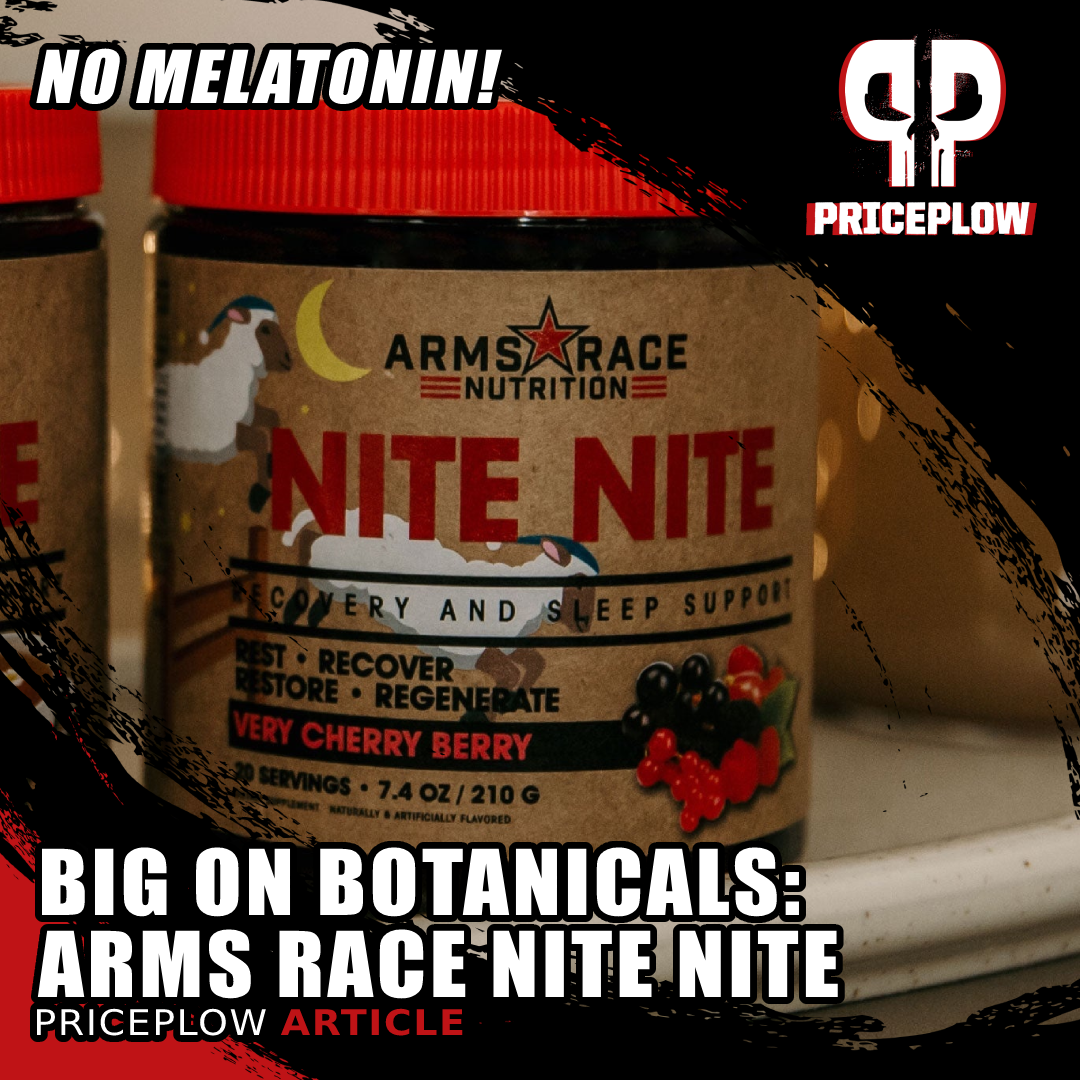
No melatonin and big on botanicals -- Arms Race Nutrition's Nite Nite sleep aid is exactly what much of PricePlow Nation has been looking for!
In the earlier half of the day, ARN's Harness pre-workout can certainly keep you awake... but what about the other end of the day? Utilizing several strong herbal ingredients, Julian's got a new way to get you to sleep at night -- and it's one that's legal in every state:
Nite Nite: The Herbal-Heavy Arms Race Sleep Supplement
Arms Race is now helping us attack the anabolic problem from the other direction: they've come up with an awesome formula to help us sleep better, since sleep is just as crucial as protein intake when it comes to gains.
So how do you take the venerable category of nutritional sleep supplement to the next level? With tons of herbal ingredients. This is a melatonin-free sleep aid that goes big on glycine and botanicals. It's literally exactly what many users have been asking for in the PricePlow Discord community.
Let's dig in, but first, check PricePlow for availability, deal sign-ups, and watch our informational video:
Arms Race Nutrition Nite Nite – Deals and Price Drop Alerts
Get Price Alerts
No spam, no scams.
Disclosure: PricePlow relies on pricing from stores with which we have a business relationship. We work hard to keep pricing current, but you may find a better offer.
Posts are sponsored in part by the retailers and/or brands listed on this page.
This area is reserved for Team PricePlow's upcoming videos.
Subscribe to our channel and sign up for notifications so you catch it when it goes live!
Melatonin-free! So how'd they approach it?
Arms Race Nite Nite Ingredients
In a single 1-scoop (10.5 gram) serving of Nite Nite from Arms Race Nutrition, you get the following:
-
Magnesium (as magnesium bisglycinate chelate) – 201 mg (47% DV)
We're starting things off on the right foot with magnesium, an essential electrolyte mineral that is really the king of sleep supplements.
In fact, there's only one thing better than an efficacious dose of this critical mineral – and that's a high-bioavailability form like magnesium bisglycinate chelate, which is magnesium bound to the amino acid glycine. When it comes to how well your body can absorb and digest the mineral, this type absolutely kicks the crap out of cheaper, less effective ones (such as inferior and cheaper magnesium oxide).[1]
The reason for the glycinated form's high bioavailability is that glycine is readily absorbed by the human intestine, and basically brings magnesium along for the ride.
And as icing on the cake, consider the fact that glycine comes with significant benefits of its own – including sleep benefits. We'll cover those more below, because there's additional glycine added beyond this!
Magnesium’s sleep-promoting mechanisms
Although most often used to promote sleep and reduce symptoms of anxiety, magnesium is actually crucial for cellular metabolic health as well. Magnesium deficiency opens the door to horrible metabolic abnormalities like blood sugar dysregulation, hyperinsulinemia, and chronic insulin resistance.[2-8]
It's also necessary for optimal lactic acid clearance,[9] which is why magnesium supplementation is associated in the research literature with increased muscle mass and athletic power.[10]
And finally, magnesium deficiency is linked to chronic stress and anxiety disorders,[11-13] which can independently contribute to sleep problems. Taking magnesium supplements has even been shown to normalize sleep EEG readings in the elderly.[14]
The reason for this seems to be that magnesium deficiency causes hypothalamic-pituitary axis (HPA) hyperactivity. This can, in turn, cause a huge range of psychological problems, including sleep disturbances, by upregulating stress hormones like cortisol and adrenaline.[15]
S.B. Sartori, neuropharmacologist and author of a 2012 study on magnesium, puts it this way:
HPA axis activation via CRH is involved in the generation of many different autonomic, hormonal and behavioural changes during stress and elicits anxiety symptoms... It has been suggested that dysregulations in the CRH-HPA axis system may contribute to pathological anxiety."[15]
The stress hormone cortisol is supposed to provide negative feedback on the hypothalamic-pituitary axis, but when the HPA is independently upregulated, overproduction of cortisol can ensue. Image courtesy: Wikimedia
The overproduction of cortisol associated with HPA hyperactivity is a risk factor for insomnia,[16] so we like to see HPA-normalizing ingredients in sleep supplements.
Magnesium deficiency: a widespread and growing problem
Despite the fact that the recommended daily intake of magnesium is 400-420 milligrams daily for men and 310-320 milligrams for women,[17] average American intakes of this crucial mineral are only 352 milligrams and 256 milligrams per day for Caucasian men and women, respectively.[18] And if you belong to an ethnic minority, you're at even higher risk of magnesium deficiency: the average magnesium intake for black men, for instance, is only 278 milligrams per day![18]
The average amount of calcium, magnesium, and iron in vegetables like spinach, lettuce, cabbage, and tomatoes has plummeted as much as 80–90% since 1914.[19] Sadly we have to supplement it back in.
According to one estimate, nearly half the American adult population is not meeting their dietary magnesium needs.[20]
So most of us are at risk for at least a mild magnesium deficiency – and unfortunately, common lifestyle practices worsen the situation.
For example, the vast majority of American adults use caffeine on a daily basis, and caffeine use has been shown to increase urinary magnesium excretion, sometimes by nearly 50%.[21,22] That's extra magnesium that you need to ingest in order to offset what you've lost, thanks to caffeine.
And finally, the magnesium content of our food is declining. This is thanks to topsoil depletion caused by modern agricultural practices and mineral loss during food processing.[23]
Note: we have some extra glycine from magnesium glycinate!
It's important to note that although glycine is listed on the supplement facts label as being dosed at 3,000 milligrams, we actually have more than that in Arms Race Nite Nite.
The reason is that magnesium bisglycinate consists of about 14% elemental magnesium by weight, depending on the specs of the ingredient provided (there are a few grades available, but the chemistry / molar math points to roughly 14%[24,25]). This means that Nite Nite actually has roughly 4200 total milligrams of glycine! Let's see why that's important:
-
Glycine – 3,000 mg
On top of the magnesium glycinate, we have more glycine — a full, clinical 3-gram dose more! This conditionally essential amino acid is important for GABAergic neurotransmission, and its benefits pair incredibly well with those of magnesium discussed above.
When it comes to improving sleep, the efficacious dose of glycine is around 3 grams,[26-28] which is admittedly several times more than the amount of glycine we have in Arms Race Nite Nite. Of course, some is better than none.
Glycine's mechanism of action is to act as a GABAergic neurotransmitter in the brain, where it has inhibitory (anti-excitatory) effects on neurons.[29] In other words, glycine is a mild depressant, as opposed to stimulants, which have an excitatory effect on neurons.
Specific Sleep Studies with Glycine
There are a couple great studies testing the use of glycine, with respect to sleep. A research trial published in 2006 demonstrated that those who took glycine before bed reported both higher-quality sleep and more energy upon waking compared to the placebo group.[26]
Another randomized, single-blind crossover study published in 2007 had 11 volunteers test 3 grams of glycine or placebo before bed, then monitored their sleep quality. According to several tests (the Pittsburgh Sleep Quality Index, the St. Mary's Hospital Sleep Questionnaire, and the Stanford Sleepiness Scale), subjects felt better sleep satisfaction when taking glycine as opposed to placebo. Additionally, they fell asleep faster and had less difficulty falling asleep.[27]
Even better, the researchers took polysomnography data and found that the participants who had taken glycine had longer deep sleep duration and fewer awakenings at night.[27] And in the morning, they were more wakeful and had better cognitive performance— even with better memory test scores mid-day![27]
A follow-up study published in 2012 repeated the above design, and found similar cognitive improvements from glycine supplementation — improvements that lasted several days after taking it![28]
These studies, paired with the sweet taste of glycine, lead us to wonder why it's not in every powdered sleep aid. Arms Race definitely didn't skimp on this incredible amino acid.
Other major health benefits from glycine
Glycine isn't just about sleep, of course. This amino acid is actually 12% of the body's total amino acid store![30] It's important for protein synthesis, especially in terms of the production of and elastin for connective tissue.[30] If you're not eating tons of gelatin, or firmer cuts of meat that need more slow cooking, then you may benefit from taking more in.
Again, recall that Nite Nite has more than 3 grams of glycine -- the 201 milligrams of magnesium from magnesium glycinate means it's bound to roughly 1.2 grams of glycine,[24,25] for a whopping grand total of 4.2 grams!
-
Chamomile Extract (Matricaria chamomilla) (std. to 1.2% apigenin) – 1,000 mg
Chamomile, or Matricaria chamomilla, is a medicinal plant from the Asteraceae family, which is often referred to as the daisy family since it's also the home of the common daisy flower that all of us know and love.
In European folk medicine, chamomile has been used for hundreds of years as a remedy for a wide range of ailments, including sleeplessness, chronic inflammation, muscle spasms, digestive upset, menstrual pain, and fever.[31]
Many of us have had a nice warm cup of chamomile tea in the evening to wind down before bed -- chamomile tea is one of the most popular over-the-counter sleep aids in use today. However, we don't see it used very often in nutritional supplement sleep aids, which is surprising, because it's a powerful ingredient. As we see throughout this article, Arms Race doesn't fear the botanicals in Nite Nite.
Modern scientific research has confirmed that chamomile does have some powerful pharmaceutical uses – it's significantly anti-inflammatory, helps reduce anxiety, and most importantly, helps put people to sleep.[31] Chamomile may even have significant anti-carcinogenic effects, but the jury is out on that one.[31]
Chamomile improves sleep quality
Chamomile works for sleep and anxiety because it's technically a depressant. Certain flavonoids in the chamomile flower, specifically apigenin, which this extract is standardized for, are able to activate benzodiazepine in the brain, thus downregulating central nervous system (CNS) activity.[31]
First, a meta-analysis published in 2019 found that chamomile consistently leads to significant improvement in sleep quality.[32]
In a double-blind, placebo-controlled study published in 2011, 34 insomnia patients were randomized to either a placebo group or a group that got 270 milligrams of chamomile extract daily. Throughout the 28 day study period, the chamomile group fell asleep significantly faster than the placebo group and also woke up less frequently in the night.[33]
In another study, elderly people with an average age of about 70 years took either 200 milligrams of chamomile extract or a placebo daily. At the end of the study period, the chamomile group had significantly higher scores on the Pittsburgh Sleep Quality Index (PSQI), a questionnaire-based inventory of insomnia symptoms that's designed to quantify the severity of the disorder.[34] Specifically, the chamomile group saw their PSQI score decline from 11.8 to 9.13, a 23% reduction.[34]
If you look at the label, you'll notice that Nite Nite has significantly more chamomile than those two studies - Arms Race leaned in hard on this potent flower.
Chamomile’s anti-depressant and anti-anxiety effects: HPA axis regulation
More than one study has found that doses of chamomile extract, ranging from 500 mg to 1500 mg daily, can significantly improve depression patients' scores on the Hamilton Depression Rating Scale (HDRS), a questionnaire that attempts to quantify the severity of depressive symptoms (much like the PSQI does for sleep disturbances).[35-37]
Besides affecting neurotransmitter production, the dysregulation of which has long been thought to be involved in depressive and anxiety disorders, chamomile seems to help normalize hypothalamic-pituitary axis (HPA) function. That's a big deal, since HPA function is also implicated in major cases of depression[38,39] (and, by the way, insomnia).[16,40]
Apigenin inhibits aromatase, decreasing estrogen production
Apigenin has some other cool effects too. For one thing, it's a relatively strong natural aromatase inhibitor, aromatase being the enzyme that converts testosterone into estrogen.[41] Estrogen dominance is a growing concern for many supplement consumers today, owing to the fact that our environment is filled with synthetic xenoestrogenic, estrogen-like compounds that increase your body's overall estrogen burden by activating its estrogen receptors.[42]
Compounds like apigenin are definitely not as strong as pharmaceutical aromatase inhibitors, but consuming many different types of natural aromatase inhibitor in combination can potentially help move the needle a bit.
Apigenin inhibits CD38, increasing NAD+ levels
To understand this one, we have to talk a little bit about adenosine triphosphate (ATP).
Boosting NAD+ directly is a great idea, but we can also work from the other side - reducing its consumer, the CD38 enzyme. Quercetin, luteolin, and apigenin (found here in Nite Nite's chamomile) are great ways to do it![43]
ATP is your body's energy currency, or in other words, its basic unit of usable cellular energy. It is the fuel for every single metabolic function that your cells carry out, ranging from muscle contraction to DAN synthesis.[44] This means that at scale – since your body is fundamentally the sum of all your cells – ATP is what powers your entire body. When you write your name, lift a barbell, or think through a chess problem, you're consuming ATP at the cellular level to do so.
ATP works by concentrating chemical potential energy in high-energy bonds between the phosphate groups in its molecular structure. Specifically, your cells make use of the energy carried in ATP by hydrolyzing one of the bonds between phosphate groups, which liberates one of the phosphate groups along with the chemical energy it contains, turning ATP into adenosine diphosphate (ADP).
Your cells can then harness that liberated energy to power their metabolic machinery.
So, summing this all up with a metaphor, if your body were an engine, ATP would be the gasoline. You can't go anywhere or do anything without adequate reserves of ATP, and if your ATP production dropped to zero, you'd immediately die.
There's a lot of middle ground, too – even slight deficiencies in ATP synthesis can produce major degenerative illness.[34]
Now, in order to produce ATP, your body needs lots of nicotinamide adenine dinucleotide, also known as NAD+.
The reduction of NAD+ to NADH is what creates the electrical potential that's ultimately stored in the ATP molecule. Unsurprisingly, your NAD+/NADH ratio is a good predictor of your metabolic health and longevity[45] – the more NAD+ you have compared to NADH, the easier it is for your body to generate the ATP it needs for you to survive and thrive.
OK, so back to apigenin. A 2019 review of the research on apigenin, published in the International Journal of Molecule Science, concluded that apigenin has therapeutic potential in the treatment of several serious illnesses, including Alzheimer's, diabetes, cancer, amnesia, insomnia, and depression.[46]
All of these illnesses are very different from each other on the surface, so we suspect that apigenin is acting on a very fundamental mechanism, like ATP production.
And as it turns out, that's precisely the case. Apigenin helps support your body's synthesis of ATP, by increasing your NAD+ to NADH ratio, and protecting your mitochondria from oxidative damage.[47]
Apigenin apparently does this by inhibiting an enzyme responsible for degrading NAD+, which means that the NAD+ your body produces has a longer half-life than usual.[48]
-
KSM-66 Full-spectrum Ashwagandha Extract (Withania somnifera) (root) (5% withanolides) – 600 mg
Ashwagandha, also known by its scientific name withania somnifera, is native to the Indian subcontinent and southeast Asia. It's primarily here to reduce cortisol levels, and studies have shown it to improve both cortisol and sleep.
Ashwagandha has beneficial effects on multiple dimensions of human health, and has a long history of use in Ayurvedic medicine to treat many different conditions.
Modern scientific research shows that ashwagandha root has can reduce inflammation, improve immune function, protect the brain, support cardiovascular health, increase insulin sensitivity, and even support joint health.[49]
Ashwagandha is perhaps the most famous adaptogenic nutritional supplement, helping normalize a range of hormonal and metabolic processes. Because of its ability to reduce blood levels of stress hormones like cortisol while boosting blood levels of testosterone, ashwagandha has a powerful ability to fight stress and anxiety, increase libido, improve memory and cognitive performance, and support intense workouts.[49]
It's really a do it all supplement, which is why it's becoming more popular in a wide range of supplements, but particularly in sleep supplements, because ashwagandha's effects on hormone systems end up promoting restful sleep.
For example, one 2019 study found that a daily ashwagandha dose of 600 milligrams – the same dose we have in Arms Race Nite Nite – significantly improved participants' scores on sleep onset latency (SOL), total sleep time (TST), sleep efficiency (SE), wake after sleep onset (WASO), total time in bed (sleep log), mental alertness on rising, sleep quality, Pittsburgh Sleep Quality Index (PSQI), and Hamilton Anxiety Rating Scale (HAM-A) scales.[49]
Another study published in 2020 evaluated the same 600-milligram daily dose and found that it increased participants' scores on the WHOQOL-BREF, a questionnaire designed by the World Health Organization to measure general well being. More specifically, the researchers noted improvements in sleep quality and mental alertness.[50]
KSM-66 is a trademarked ashwagandha supplement that's the most well-researched form of ashwagandha on the market. With KSM-66, you're getting a top shelf, standardized ashwagandha supplement with a plethora of studies behind it.
-
Zylaria (Xylaria nigripes) – 500 mg
The medicinal mushroom, Xylaria nigripes (XN), has long been known to traditional Chinese medicine (TCM) as Wu Ling Shen. Because of its antioxidant,[51] anti-inflammatory,[52] and nootropic[53,54] properties, XN has historically been used by TCM practitioners to treat a wide range of ailments.
Overall quality of life imrpovements and more from Xylaria! Note that the Wu Ling Group is xylaria.[62]
Zylaria is a standardized XN extract designed and manufactured by NuLiv Science. Specifically, it's standardized for these bioactives:
- Sesquiterpenes, a kind of terpenoid containing 15 carbon atoms that's found in many different types of plants.[55] They've been shown to have cardioprotective effects due to their nitric oxide (NO) boosting properties. But when it comes to Arms Race Nite Nite, we like sesquiterpenes for their sedating effects,[55] which is why you often see sesquiterpene-rich plants being used as a source for calming, anti-anxiety essential oils. XN contains six different sesquiterpenes called nigriterpenes A, B, C, D, E, and F.[56]
- Fommanoxin, an anti-inflammatory and cognitive-boosting compound.[56]
- Gamma-amino-butyric acid (GABA), a neurotransmitter that has inhibitory or anti-excitatory effects, helping to calm your neurons and promote relaxation in the brain.[57]
- Broadly speaking, GABA is opposed to glutamate, which is an excitatory neurotransmitter. And one interesting thing about XN is that it also contains the enzyme glutamate decarboxylase, which actually converts glutamate into GABA.[57]
Xylaria nigripes and sleep quality
An animal study published by the Chinese Pharmaceutical Journal in 1991 found that mice who were treated with Xylaria had higher concentrations of GABA and GABA precursors in their blood, which is obviously a great thing for sleep. The interesting thing is that, additionally, they had more active GABA receptors, meaning that the GABA they had was more active.[58]
A 2010 study in humans, published in the Chinese Archives of Traditional Chinese Medicine, found that 57.5% of subjects who supplemented with Xylaria for a month saw improvements in their scores on the Pittsburgh Sleep Quality Index (PSQI), a questionnaire that's designed to measure how easily a person falls asleep and how well they sleep.[59]
In fact, a 2022 meta-analysis of 19 different place-controlled, randomized trials with over 1,850 participants found that Xylaria supplements consistently beat placebos when it comes to improving subjects' PSQI scores.[60] The average effect size noted by the researchers was two points.
A two-point improvement is pretty significant considering that the maximum PSQI score is 21. Just to put it in perspective, any score greater than 5 points is considered by sleep researchers to indicate a significant sleep disturbance.[61]
Still though, the authors of the meta-analysis note that the existing studies on Xylaria supplementation for sleep exhibit a high risk of statistical bias.[60]
However, there is at least one randomized, placebo-controlled, double-blind study, published in 2015, that shows Xylaria can improve sleep in humans. This study was actually intended to measure the effects of Xylaria on depression symptoms in epileptics, and found that Xylaria's ability to improve sleep quality actually can help these patients.[62]
Xylaria can support cognitive function during sleep deprivation
Zylaria is a Xylaria nigripes extract that's shown to provide some sedative and mood-promoting benefits.
Chronic insomnia comes with debilitating symptoms, and there's some good evidence from animal studies that Xylaria can improve some of them.
A 2014 study in sleep-deprived mice found that those who received Xylaria had significantly upregulated cyclic adenosine monophosphate (cAMP)-response element-binding protein (CREB) compared to control mice.[57]
CREB plays an important role in neuroplasticity, the ability of the brain to physically reshape itself as part of the learning process, as well as long-term potentiation, the brain's process of converting short-term memories into long-term ones.[57,63]
So it's only natural that sleep-deprived Xylaria mice did better on learning tests than sleep-deprived control mice.[57]
-
Valerian (Valeriana officinalis) - 500mg
Valeriana officinalis, also known by its colloquial name valerian root, is an herb native to Europe, Asia, and North America. It's used mostly to help improve anxiety and insomnia symptoms.[64] The root part of valerian is a great source of antioxidants, with the main bioactive constituents being valerenic acid and isovaleric acid.[64]
Hugely popular, but seems to work selectively for some individuals. Image courtesy Wikimedia Commons
Both of these compounds have been found to potentiate the effects of GABA, which helps those who take it relax and reduces their level of stress and anxiety.[64]
Based on that, you'd expect valerian to be an excellent sleep aid, but the research on its efficacy for improving certain parameters of sleep hygiene—time to onset of sleep for instance—is mixed.[65-68]
However, even if valerian doesn't help you fall asleep faster, it does appear, from the evidence, that it can improve sleep quality once you actually get to sleep.[65,68]
Just our editorial opinion: anything that improves GABA function is probably going to help you wake up feeling rested.
-
Magnolia (Magnolia officinalis) Extract [Std. to 90% Magnolol/Honokiol] Bark – 200 mg
Magnolia bark extract is derived from Magnolia officinalis, also known as the hou po magnolia tree, which is native to China, east Asia and southeast Asia.[69] It has a long history of use in traditional Chinese medicine (TCM), in which it is used to treat anxiety, depression, digestive upset, allergies, muscle pain, headaches, and fever.[69]
Magnolia bark has anti-inflammatory, antioxidant, antibiotic, anticancer, antimicrobial, and neuroprotective effects because it naturally contains high amounts of two neolignans called magnolol and honokiol.[69]
Fortunately for us, Arms Race has opted for a very high standardization for these two neolignans: this extract consists of 90% magnolol and honokiol by weight.
The reason it's included here is that magnolia bark has been shown to powerfully reduce cortisol levels, and hence, symptoms of stress, anxiety, and depression,[69-72] all of which can definitely be a contributing factor to insomnia and compromised sleep quality.
It does this by inhibiting the action of an enzyme called 11β-Hydroxysteroid dehydrogenase (HSD-11β), which is responsible for converting a few different substrates, including the corticosteroid cortisone, into cortisol.
There's still one last ingredient — and another well-dosed one at that — but this closes down the fantastic array of botanical ingredients in Nite Nite. We often see sleep aids with just one or two herbal ingredients, but Arms Race goes in true Julian-Smith style with five of them. You've likely never taken a powdered sleep aid like this.
-
L-Theanine – 200 mg
The amino acid, theanine, occurs at high concentrations in tea leaves. The word "tea" is used to denote all kinds of drinks these days, so just to be clear, we're referring to the true tea plant, i.e. Camellia sinensis.
In the brain, theanine acts like a neurotransmitter, and has calming, anti-anxiety effects[73-76] because of its inhibitory action on neurons.
If you've ever felt more relaxed after a nice cup of tea, despite tea's caffeine content, theanine is a big part of the reason why.
Theanine and sleep quality
A 200-milligram dose of theanine like the one we have here, according to a good deal of research, can significantly improve sleep quality in those who take it.[77] This is partly, once again, because theanine can increase the function of GABA, thus having an anti-excitatory effect.[78]
We often see L-theanine put into stimulant-based products like pre-workout supplements because its actions counteract some of the negative effects of caffeine, actually synergizing with it. However, don't think of this as a pre-workout supplement ingredient - it's actually best suited in relaxation supplements like Nite Nite.
We generally like to say that L-theanine, itself, isn't a major sleep aid ingredient, but it definitely helps relax many of its users, allowing the rest of the ingredients to kick -n for a quicker trip into REM sleep.
Flavors available

Arms Race Nutrition Foundation Bar is a new cereal bar from Julian Smith and team with 18 grams of protein and delicious cereal flavored crunch!
Conclusion: Say Nite Nite: This is a massive botanical beast
Based on the tried-and-true core ingredients of magnesium and glycine, this is a great take on the classic sleep stack, with a twist.
The inclusion of a monster dose of chamomile is very cool, and we're super stoked to see Arms Race breaking the ice on this one. Hopefully more formulators follow suit!
Honorable mentions for innovation go to Zylaria and magnolia. These are ingredients we definitely want to see more of, too. When it comes to magnolia, we think HSD-11β is, at this point, an underutilized, sleep-promoting strategy in the supplement industry.
In general, this whole supplement is one many of our followers have been asking for -- free of synthetic melatonin and big on botanicals. It's a greater challenge to flavor, but if you're looking for a natural way to hit the sack, Nite Nite may be exactly what you've been looking for.
Arms Race Nutrition Nite Nite – Deals and Price Drop Alerts
Get Price Alerts
No spam, no scams.
Disclosure: PricePlow relies on pricing from stores with which we have a business relationship. We work hard to keep pricing current, but you may find a better offer.
Posts are sponsored in part by the retailers and/or brands listed on this page.
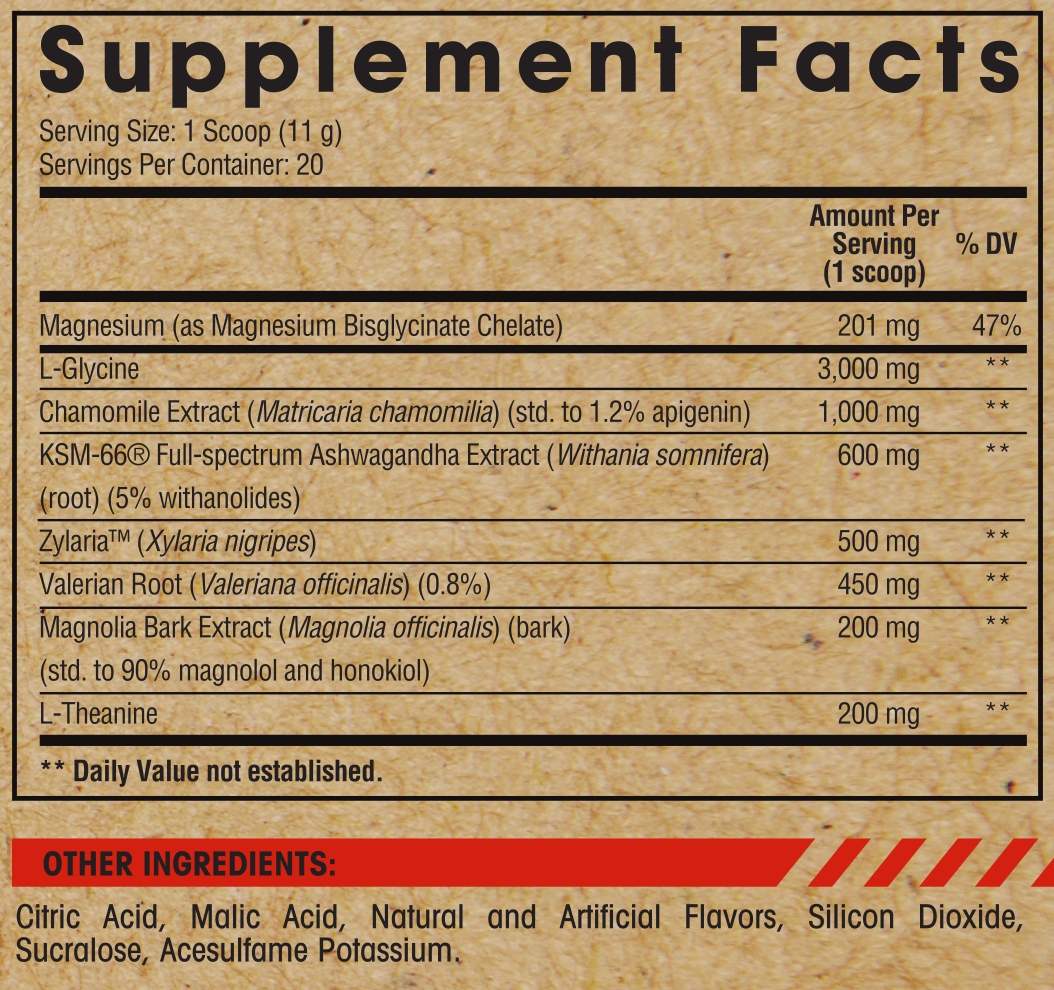
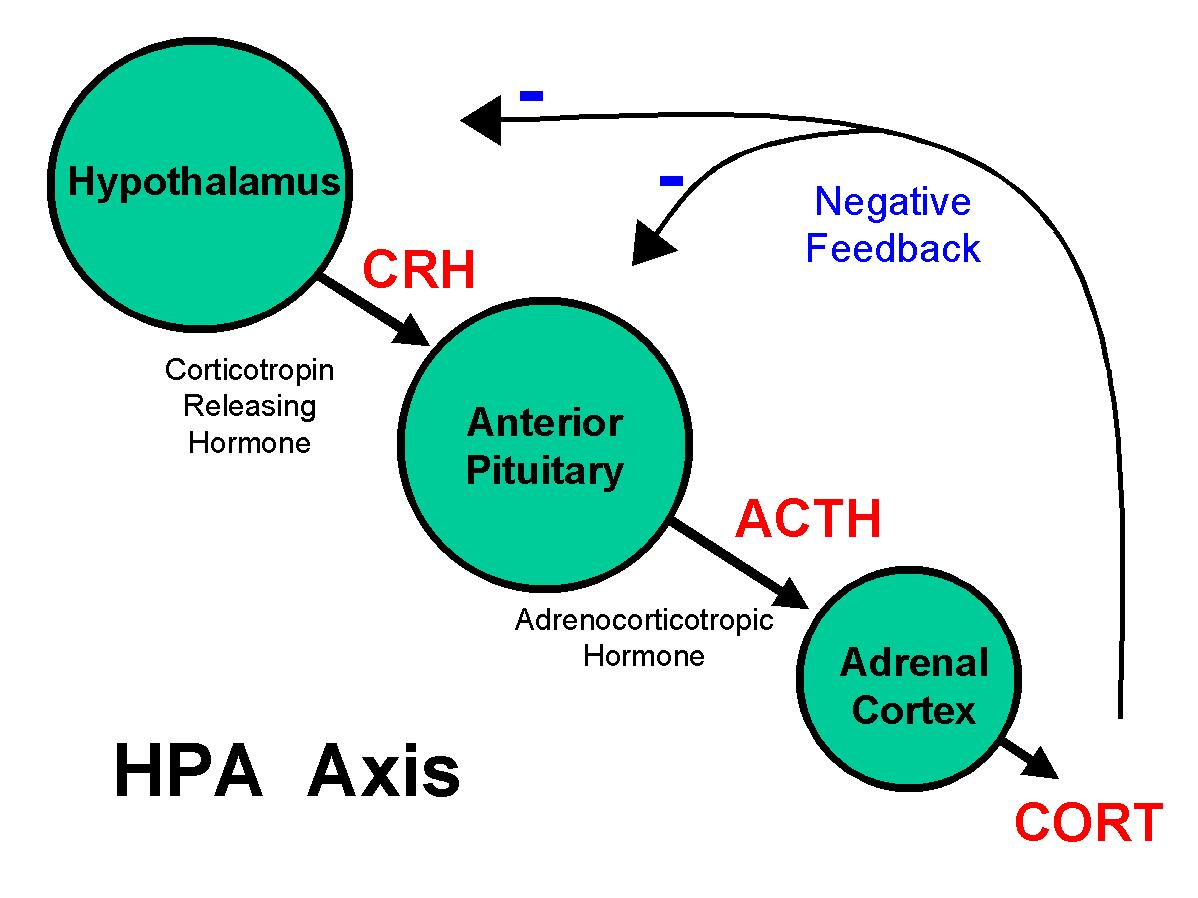
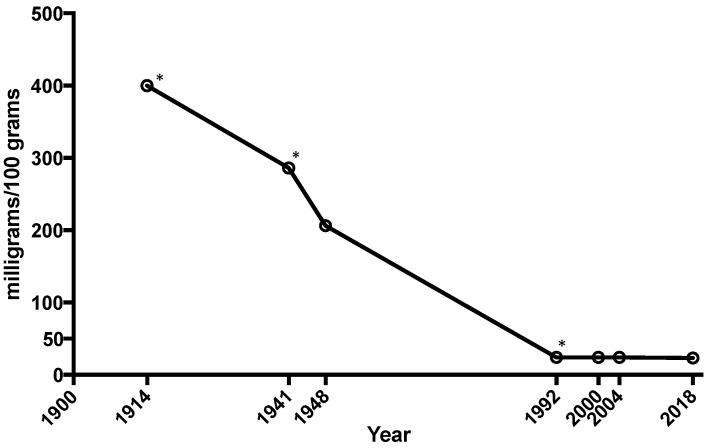
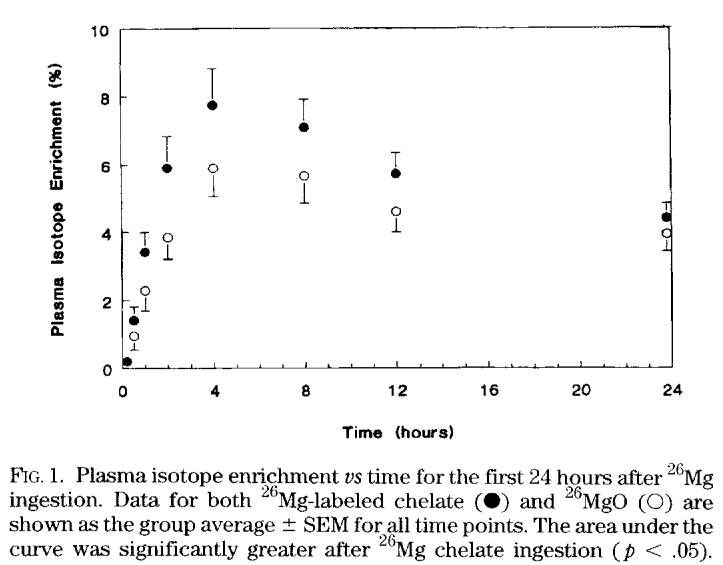
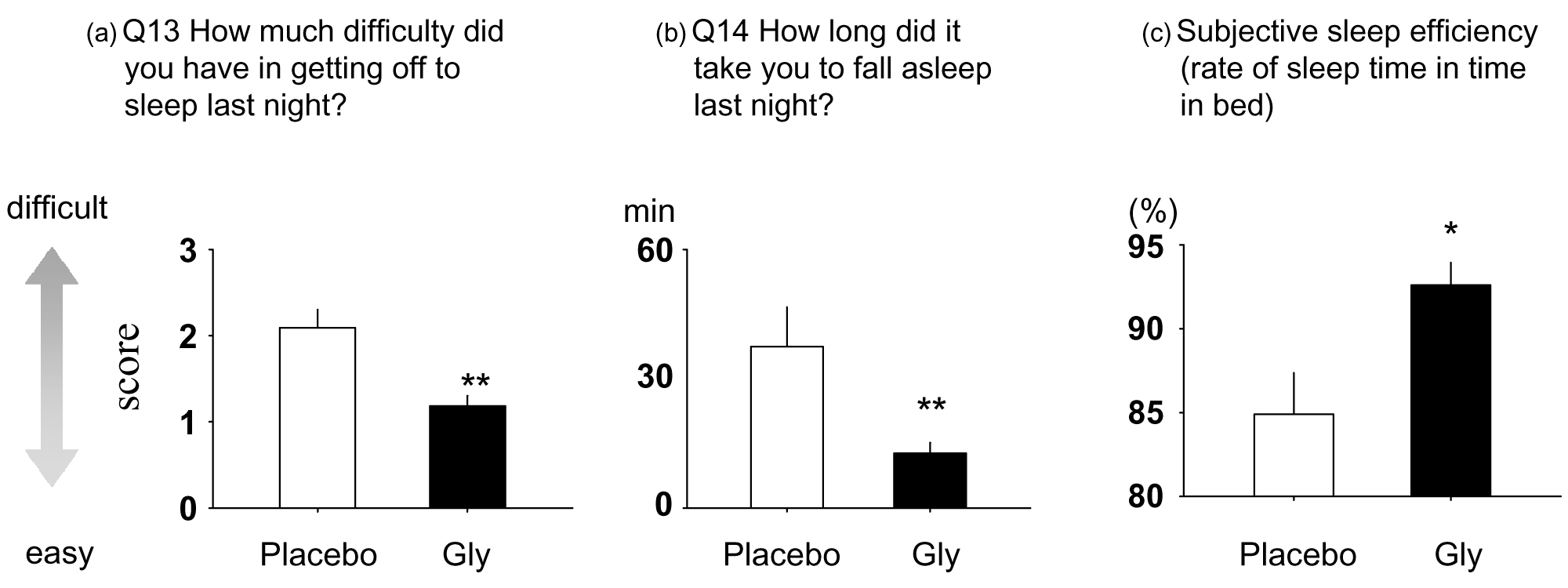
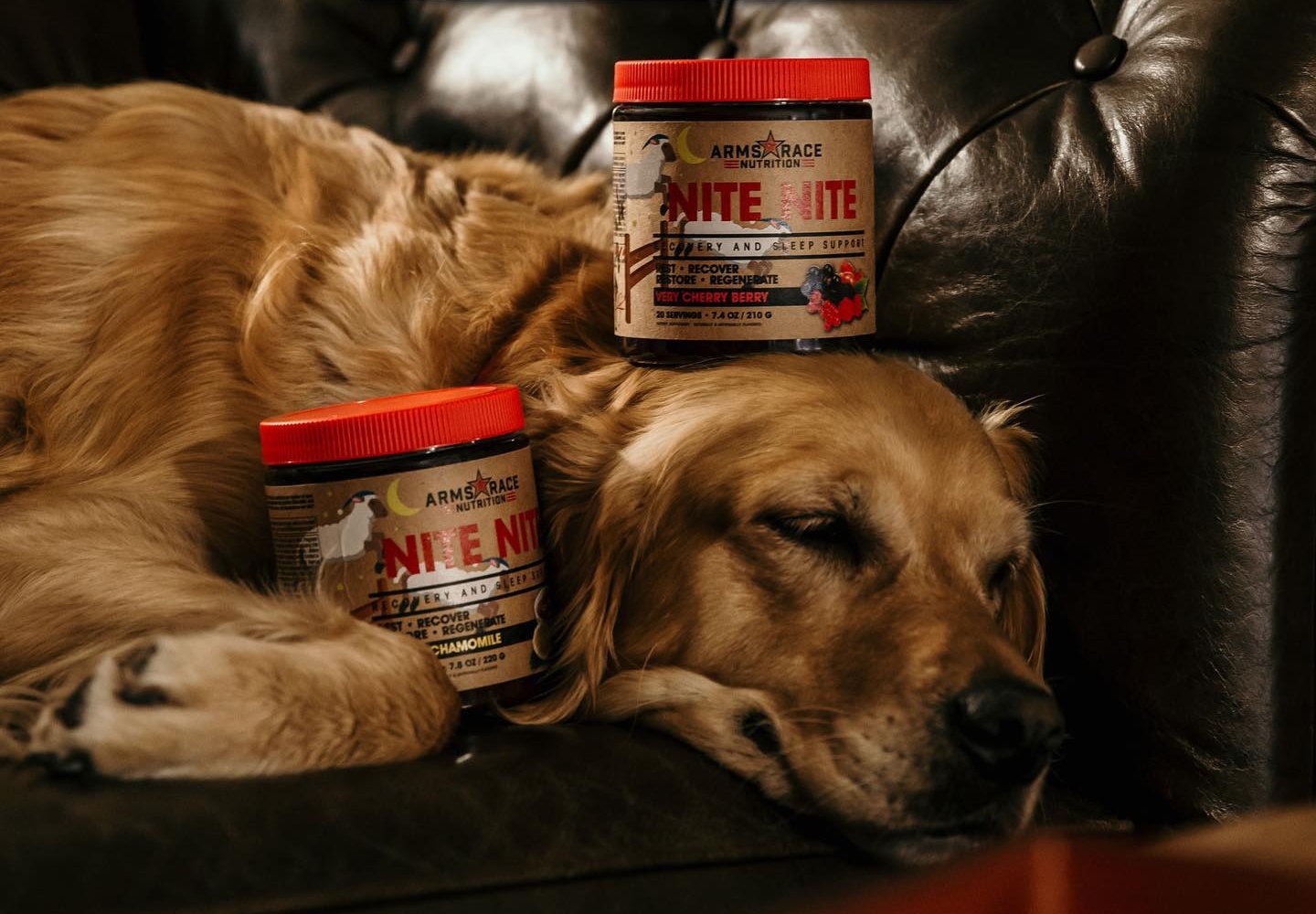
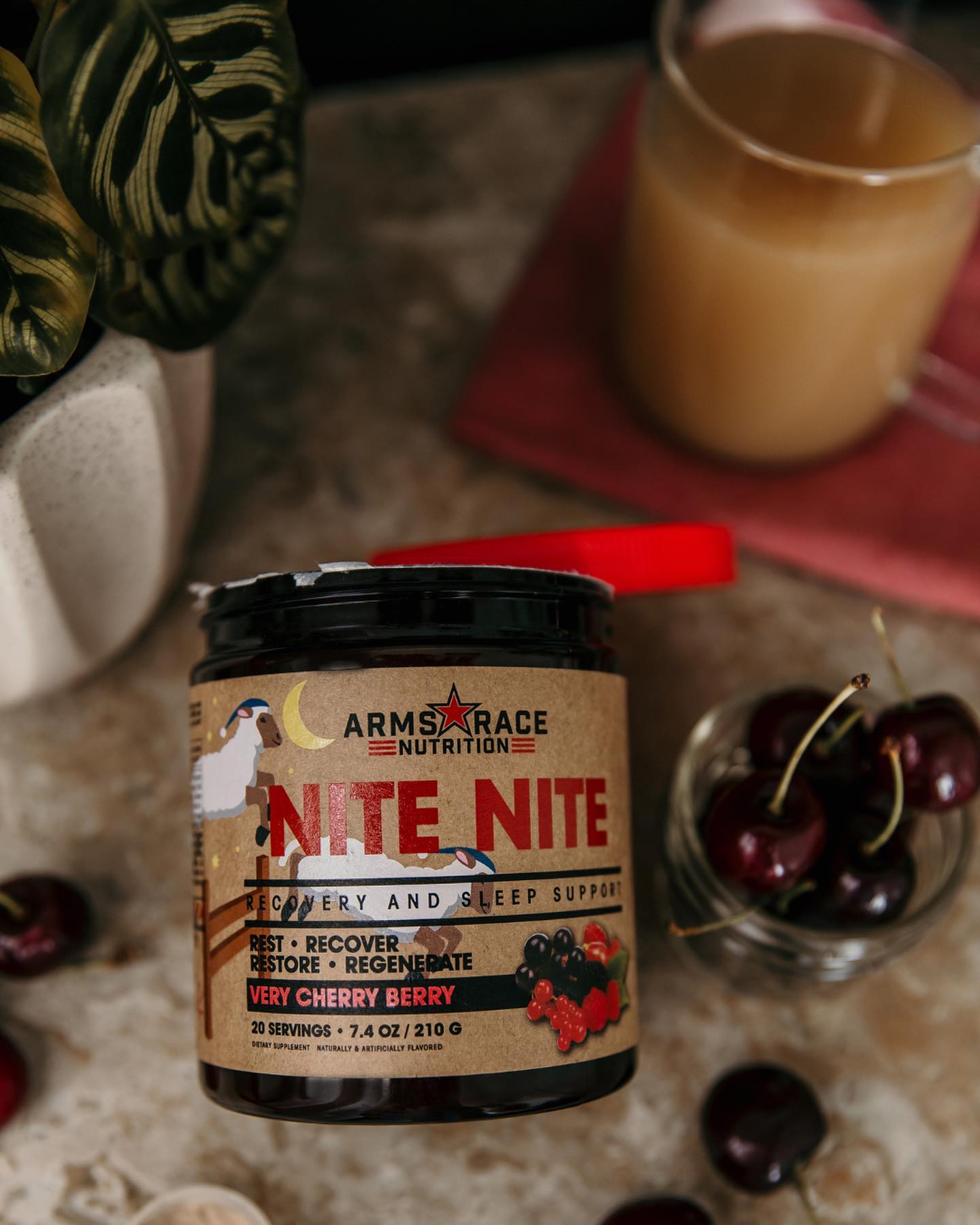
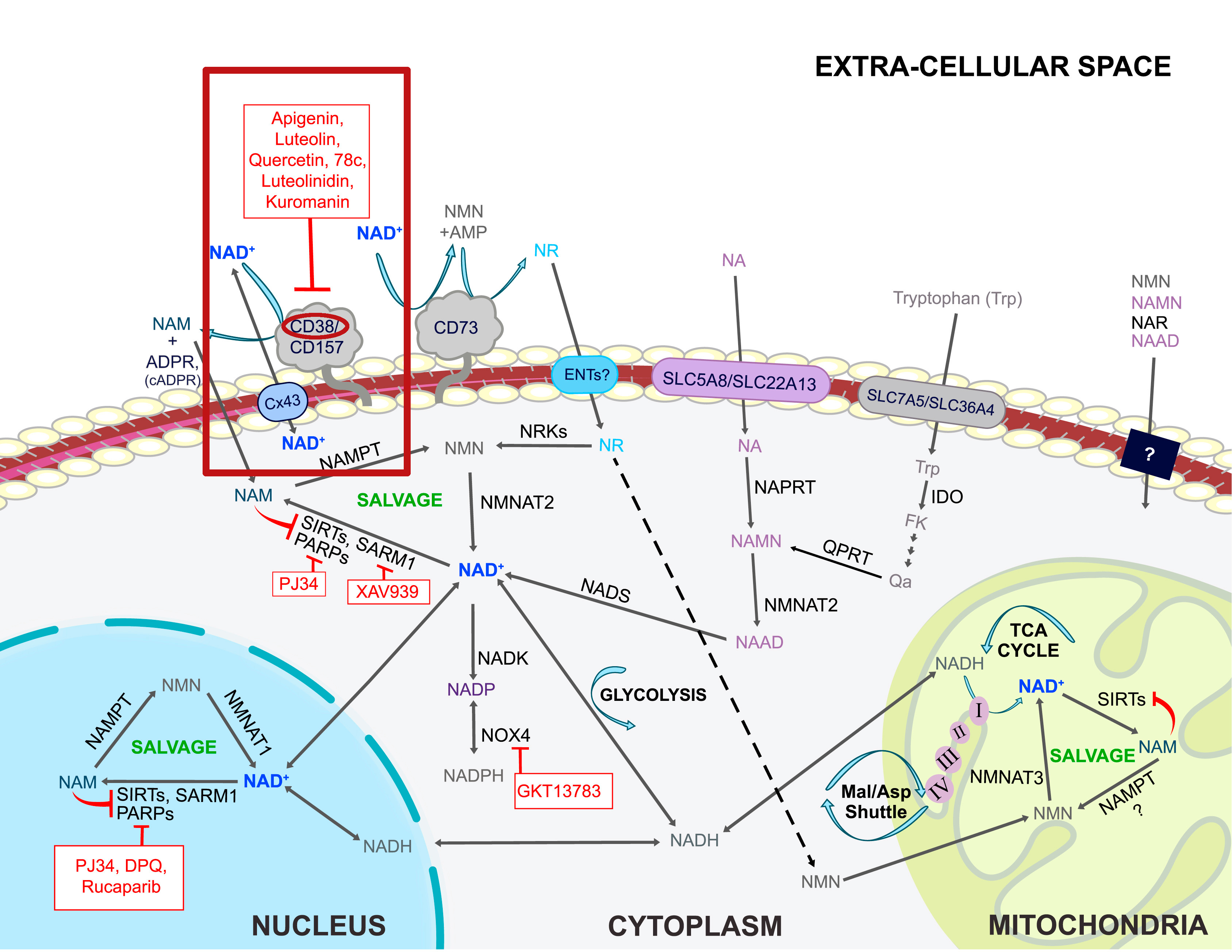
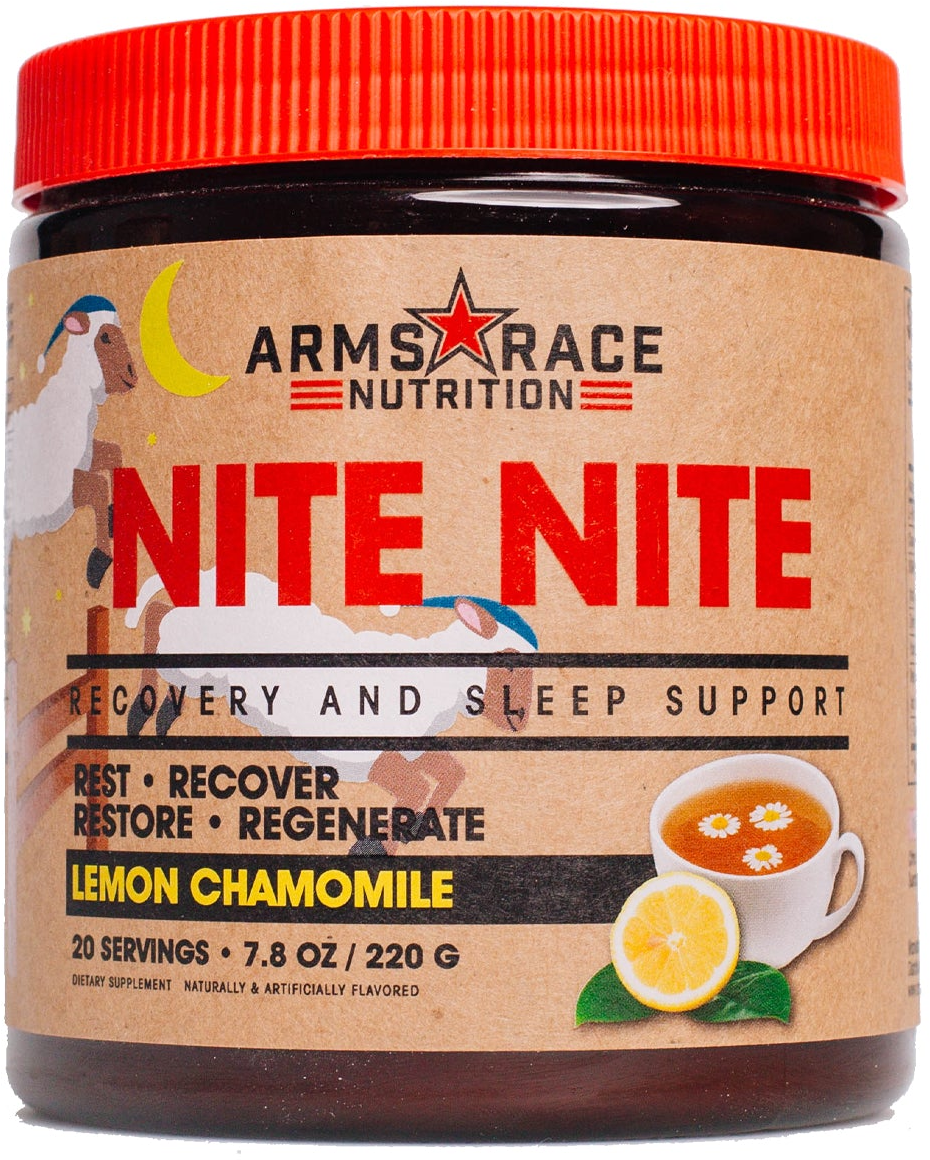

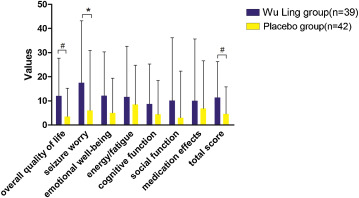
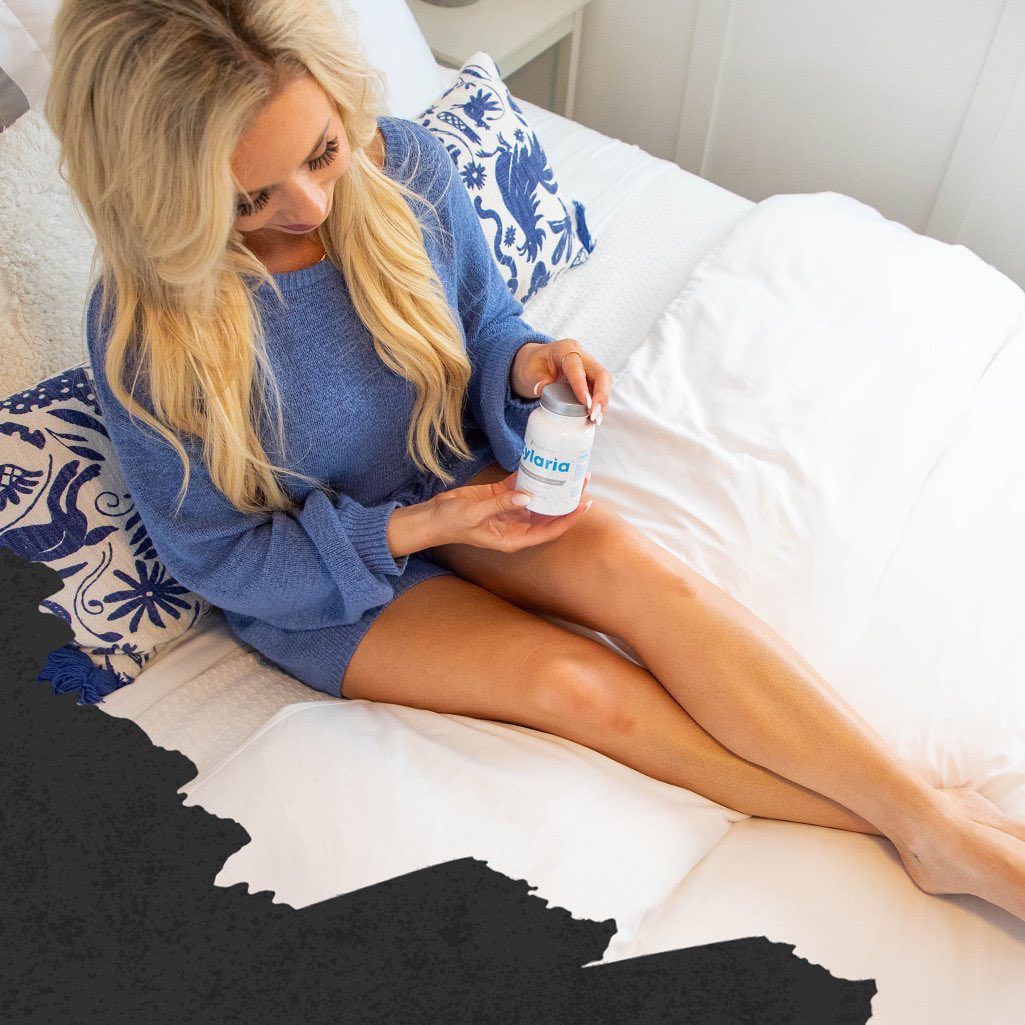

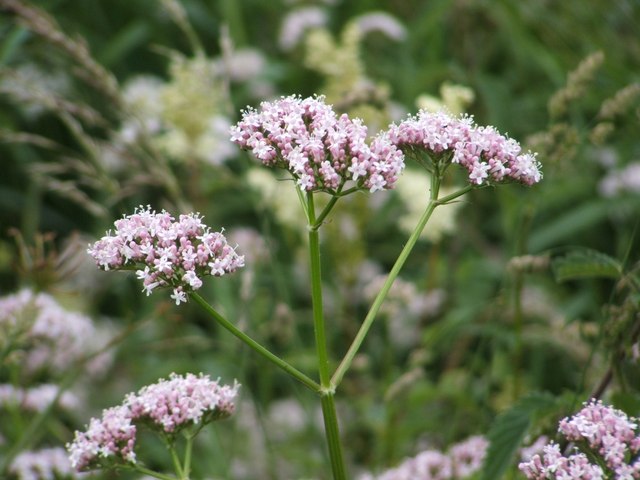
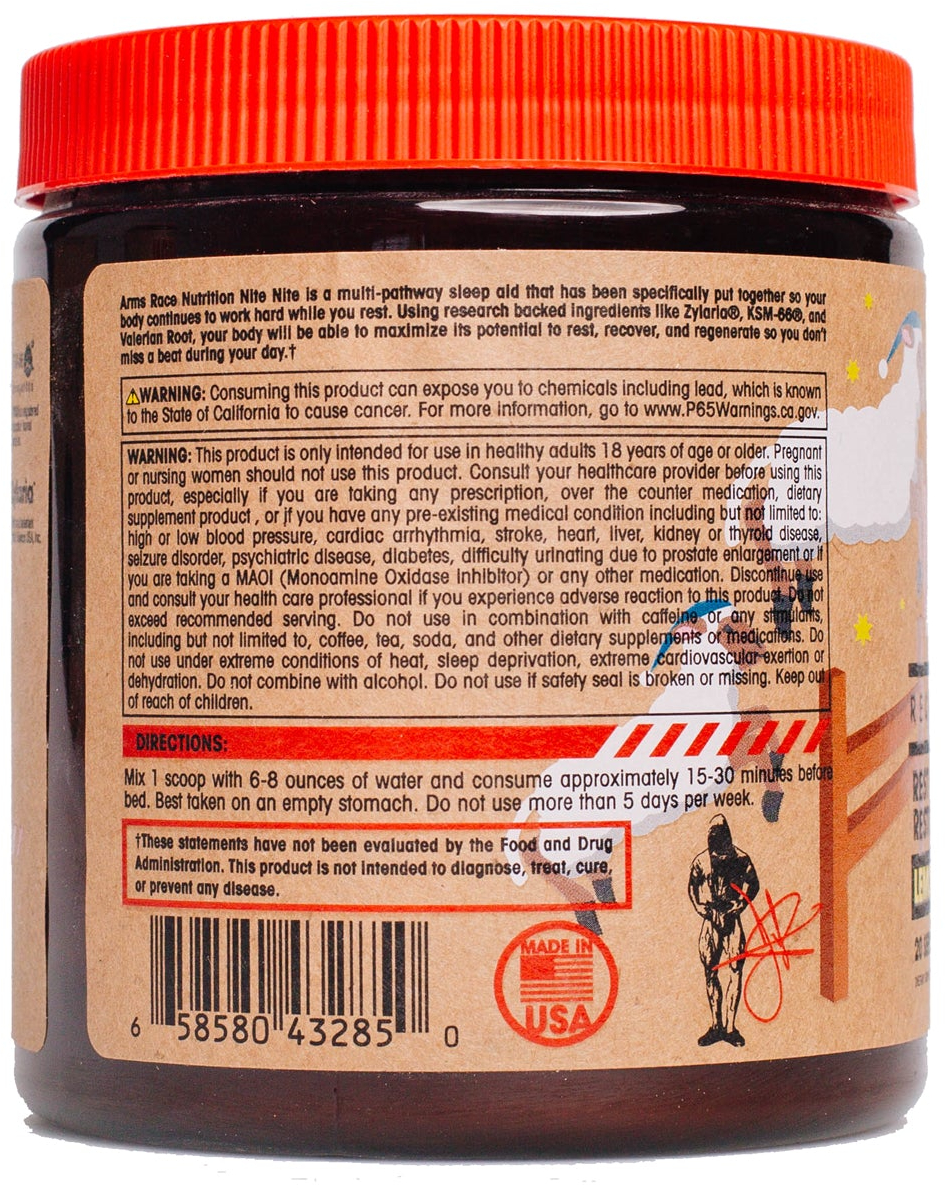
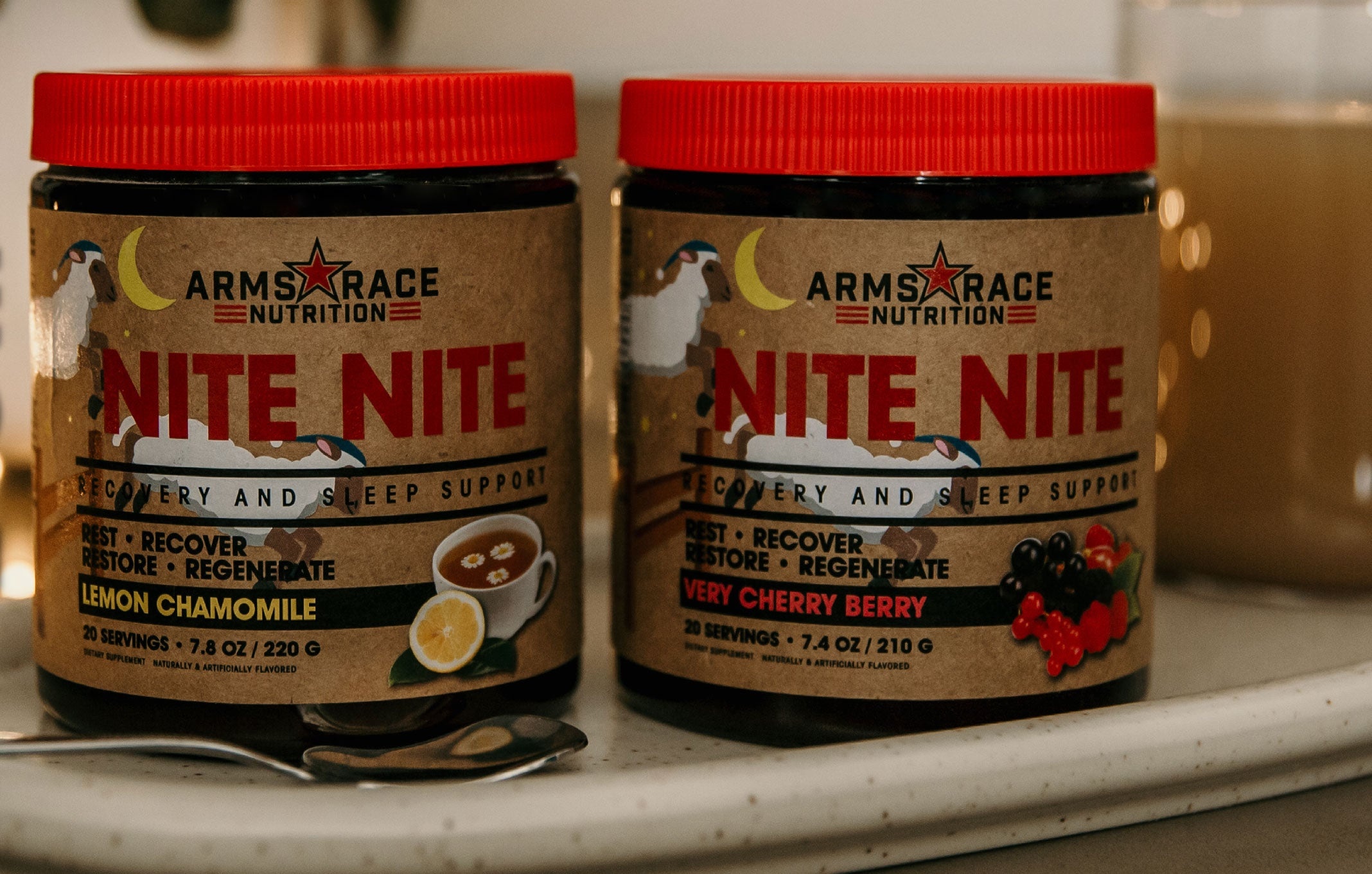


Comments and Discussion (Powered by the PricePlow Forum)